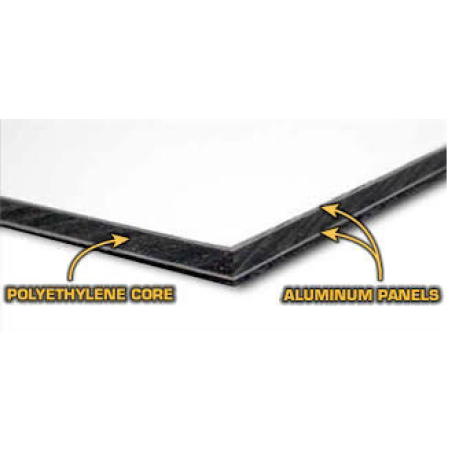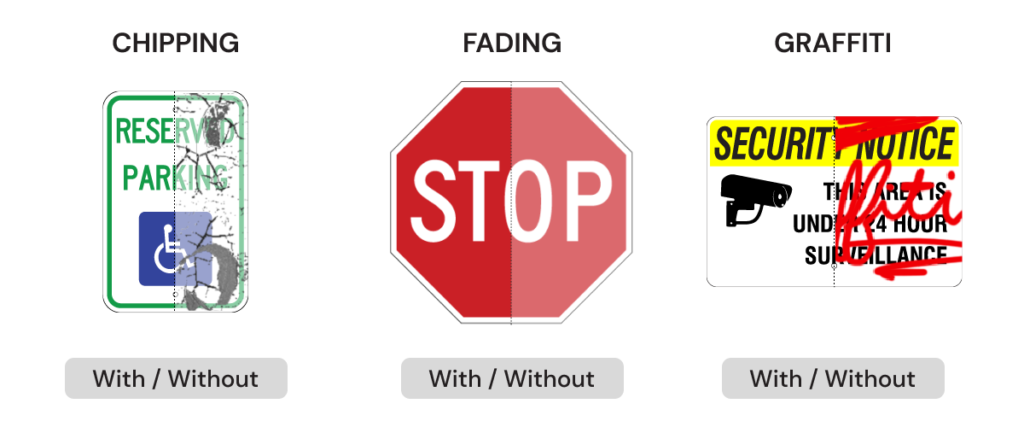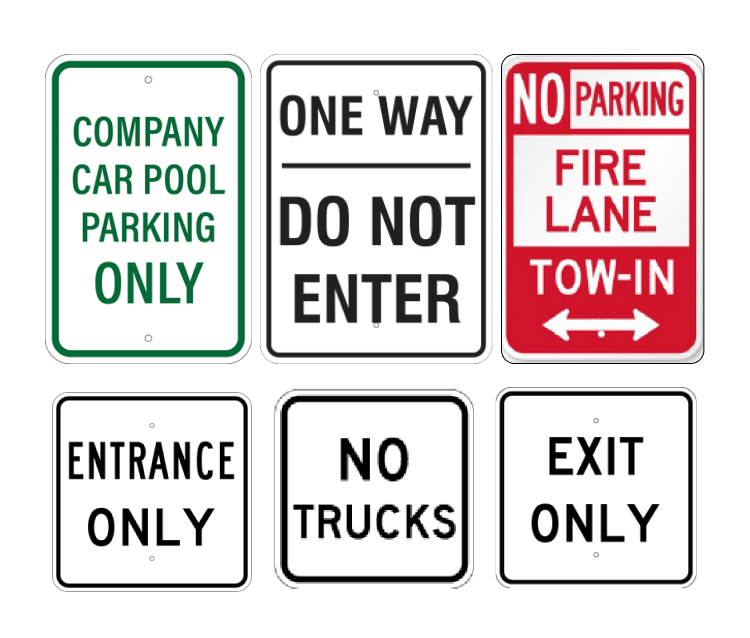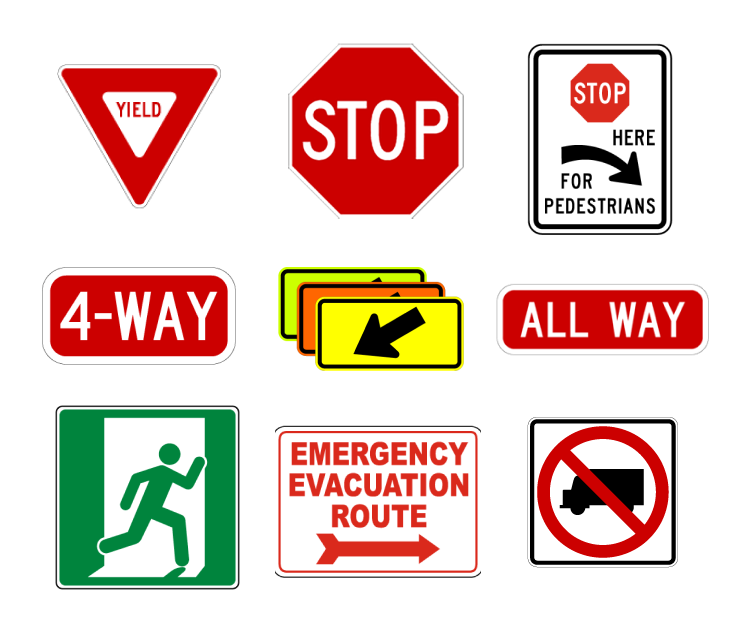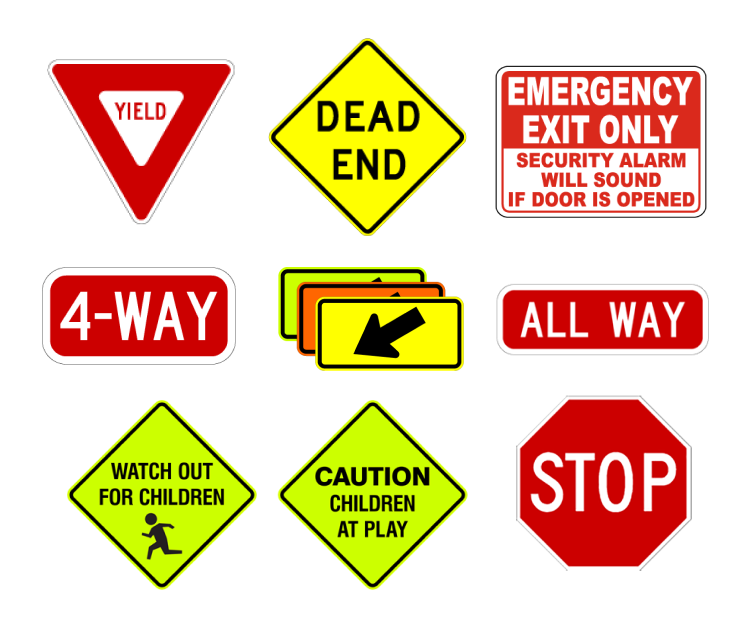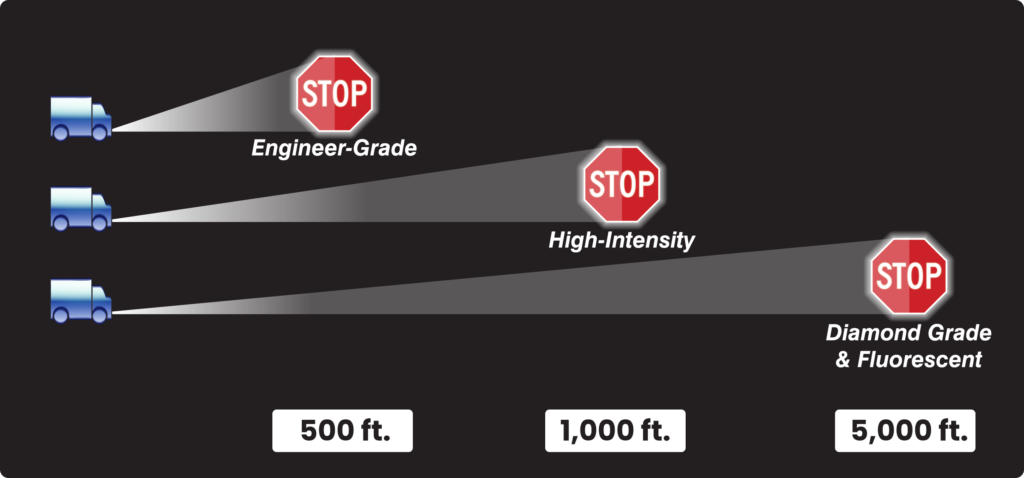Understanding and implementing proper no parking signs is crucial for property owners, businesses, and facility managers. Whether you’re managing a private parking lot, residential complex, or commercial property, having the right signage can help maintain order, ensure safety, and prevent unauthorized parking. In this comprehensive guide, we’ll explore everything you need to know about no parking signs, from regulations to purchasing options.
No Parking Sign Regulations
Before installing any no parking signs, it’s essential to understand the regulations governing their use. While specific requirements may vary by location, most municipalities have strict guidelines about sign placement, size, and visibility. Generally, no parking signs must be clearly visible, properly mounted, and positioned at appropriate heights and intervals to ensure effective communication with drivers.
Standard no parking signs typically measure 12 by 18 inches, though larger sizes may be required for certain applications. The signs should be mounted at a height of approximately 7 feet from the ground to the bottom of the sign, ensuring clear visibility for both pedestrians and drivers. Additionally, signs should be spaced appropriately along the restricted area, usually at intervals of 50 to 75 feet, depending on local regulations.
Types of No Parking Signs
No parking signs come in various designs and formats to address different parking restriction needs. The most basic version simply states “No Parking” in clear, bold letters. However, many situations require more specific information, such as time restrictions, towing warnings, or special conditions.
Fire lane signs are particularly important and typically feature red lettering on a white background. These signs are crucial for maintaining emergency vehicle access and must comply with specific local fire code requirements. Other common variants include handicap parking signs, loading zone restrictions, and temporary no parking signs for special events or construction work.
Environmental Impact and Sustainability
In today’s environmentally conscious world, the sustainability of parking signs is becoming increasingly important. Many manufacturers now offer signs made from recycled materials or those produced using eco-friendly processes. These sustainable options maintain the same durability and effectiveness as traditional signs while reducing environmental impact.
Additionally, some modern signs incorporate solar-powered LED elements or use photoluminescent materials that glow in the dark, reducing the need for external power sources while maintaining visibility. When selecting signs, consider these environmentally friendly options that can help meet sustainability goals while fulfilling parking management needs.
Materials and Durability
The effectiveness of no parking signs largely depends on their construction and materials. Most quality signs are manufactured using aluminum or heavy-duty plastic, both of which offer excellent durability and weather resistance. Aluminum signs are particularly popular due to their long lifespan and ability to withstand harsh weather conditions without rusting or deteriorating.
Sign faces should feature retroreflective sheeting, which enhances visibility during nighttime and low-light conditions. This reflective material comes in different grades, with higher grades offering better visibility and longer durability. The choice of material grade often depends on the specific application and local requirements.
Digital Integration and Smart Parking Solutions
As technology continues to advance, no parking signs are evolving to become part of integrated parking management systems. Some modern signs now include QR codes or NFC tags that link to digital parking management platforms, allowing for real-time updates and dynamic parking restrictions. These smart solutions can help property managers adjust parking rules for special events or emergency situations without physically replacing signs.
Furthermore, some signs can be connected to parking sensors and mobile apps, providing real-time information about parking availability and restrictions to both property managers and drivers. This integration of traditional signage with digital technology represents the future of parking management.
Installation and Mounting Options
Proper installation is crucial for both the effectiveness and longevity of no parking signs. Signs can be mounted on posts, walls, or existing structures, depending on the location and specific needs. Post-mounted signs typically use galvanized steel posts set in concrete for maximum stability. Wall-mounted signs should be securely fastened using appropriate hardware that won’t damage the sign or the mounting surface.
When installing multiple signs, consistency in height and positioning helps maintain a professional appearance while ensuring maximum visibility. Signs should be mounted perpendicular to the flow of traffic and angled slightly to prevent glare from affecting visibility.
Customization Options
Many situations require customized no parking signs to address specific needs or convey particular messages. Custom signs can include specific time restrictions, permit requirements, or consequences for violations. Some common customization options include:
- Time-restricted parking information
- Permit holder specifications
- Towing company contact information
- Property owner identification
- Specific violation consequences
When ordering custom signs, it’s important to ensure that all text is clear and legible, with appropriate contrast between the text and background colors. Professional sign manufacturers can help design custom signs that meet both local regulations and specific property needs.
Enforcement and Legal Considerations
Simply installing no parking signs isn’t enough – property owners must also consider enforcement mechanisms. Signs should clearly state the consequences of violations, such as towing or fines, and include any necessary legal language required by local regulations. It’s also important to maintain proper documentation of sign installation and any parking violations for legal purposes.
Working with local law enforcement or private towing companies can help ensure effective enforcement of parking restrictions. Many properties benefit from establishing relationships with specific towing companies and including their contact information on the signs.
Maintenance and Replacement
Regular maintenance of no parking signs is essential for maintaining their effectiveness and compliance with regulations. Signs should be inspected periodically for damage, fading, or obstruction by vegetation or other objects. Dirty signs should be cleaned using appropriate methods that won’t damage the reflective surface or lettering.
Signs that show significant wear, damage, or fading should be replaced promptly to maintain their effectiveness and legal standing. Most quality signs will last several years under normal conditions, but factors such as extreme weather, vandalism, or accident damage may necessitate earlier replacement.
Where to Purchase No Parking Signs
When it comes to purchasing no parking signs, it’s crucial to work with a reputable supplier that understands regulatory requirements and provides quality products. Signcat.co offers a comprehensive selection of no parking signs that meet all standard specifications and regulations. Our experienced team can help you select the right signs for your specific needs and ensure compliance with local requirements.




